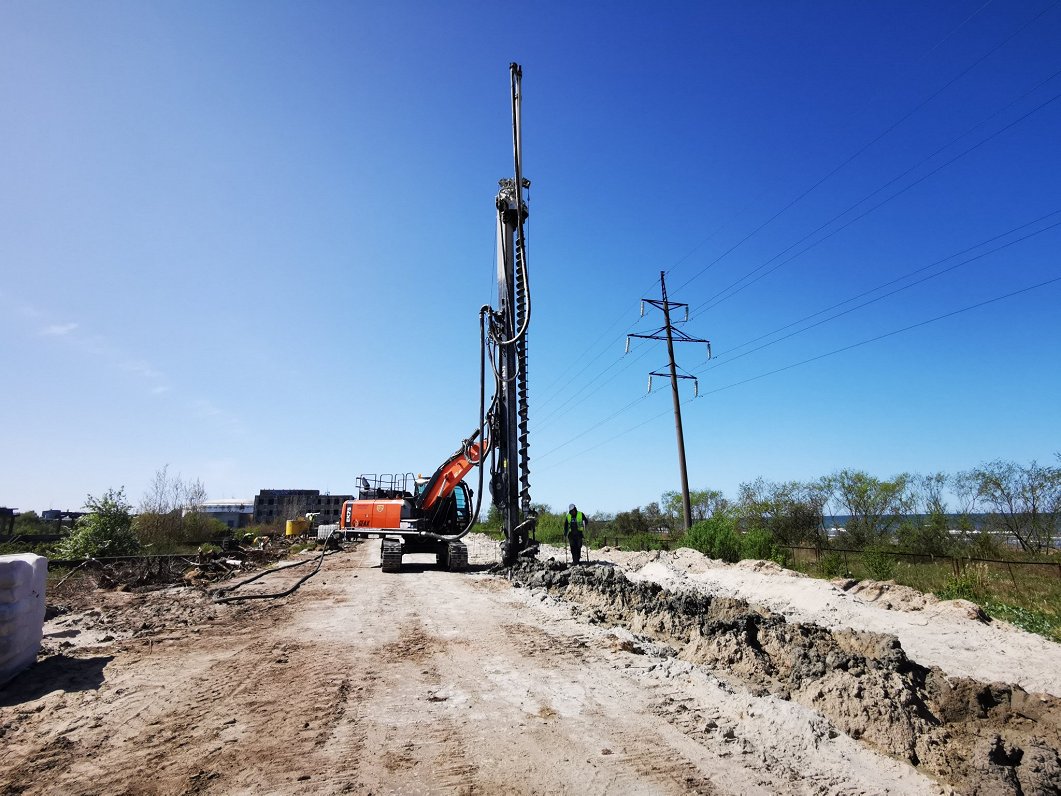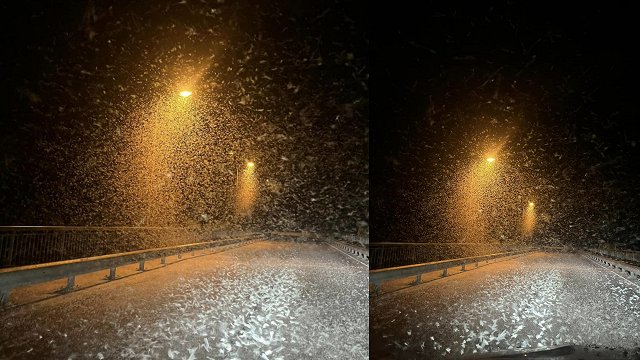The territory of Ventspils Free Port, where historical pollution is being eliminated, is located only a few hundred meters from the Baltic Sea. The work is carried out by JSC “VentEko”.
It is hard to imagine that oil products are floating beneath the ground, where yellow dunes are standing, plants are blooming and the sea is in the distance. Ventspils water purification plants were once located nearby. Drills and long pipes are now in the sand of the dunes, where oil products are pumped out of groundwater.
The technical director of VentEko, Edgars Dimitrijevs, said: “It is an industrial area that historically, especially in Soviet times, was very congested. There are oil pipelines underground, a base of tanks in Soviet times. These all activities have resulted in contamination of more than two hectares of groundwater.”
The environmental problems in this area have been raised even before independence was restored. A special commission was also set up in the USSR, including financing for ecological problems in Ventspils, recalls Ventspils Free Port Board member Ģirts Valdis Kristovskis (New Unity).
“In 1988, I created an environmental protection club in Ventspils as a young engineer, I was president, and we held demonstrations. This, too, was one of the objects we visited. Only then did we not have the opportunity to solve it. We could draw the public's attention to the fact that there were breaches of technical regulations, pollution,” Kristovskis said.
A small surface of floating petroleum products is visible on the surface.
“Imagine a vacuum cleaner at home when you clean carpets. The container contains powerful vacuum pumps, essentially pulling up the oil production from the wells with water and steam. [..] Contaminated water is pumped and discharged into a storage tank,” explained Arta Bažovska, the company's VentEko board member. Petroleum products are separated from water by treating them with special substances. The purified and oxygen-saturated water is then released into the ground to flush the groundwater.
“At the moment, groundwater is not so polluted that we could say that pollution is entering the sea. Consequently, we will be able to impose a filter barrier proactively at this time, so that it will be intercepted in the potentially dissolved fraction, if it reaches the coastal zone, in the filter barrier area. The threat is removed as such, risks are removed by this project,” Bažovska said.
The works were launched on March 30 this year and are scheduled to take place for about one year. The results of the monitoring show that, so far, around 25% of the floating pollution layer of petroleum products has been reduced.





























